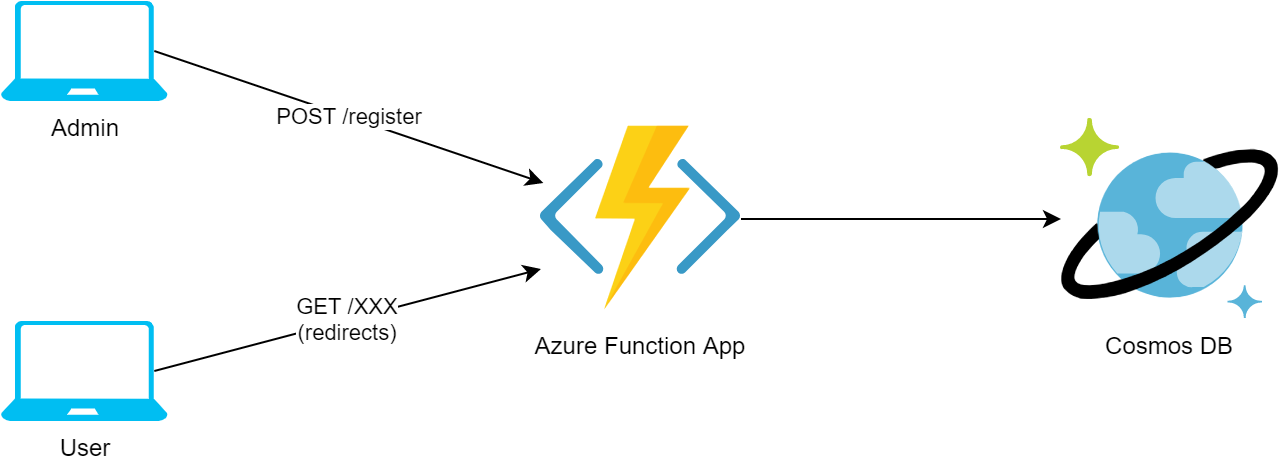Introduction
This article describes how to build a custom URL shortener service using Azure’s serverless platform with Azure Functions and Cosmos DB. I had this idea after I recently read Jussi Roine’s article, where he built a URL shortener service (such as bit.ly) using a serverless Azure approach, an approach he led with Azure Logic Apps and a custom web app. As I was reading his article, I realized that building the same solution with Azure Functions and proper use of input and output bindings, can yield a highly elegant solution. And so, I embarked on a journey to see just how smart can such a solution be.
I also wanted the solution to be ultra-scalable and achieve very low latencies in response to queries, so I chose to use Azure Cosmos DB as the storage solution. Cosmos DB is Microsoft’s proprietary globally-distributed, multi-model database service. Cosmos DB guarantees less than 10-ms latencies for reads and writes at the 99th percentile, so it was a natural choice.
The Requirements
The URL shortener service should have two endpoints:
- A URL registration endpoint, which allows clients to register shortened URLs (often referred to as vanity URLs) with their redirection target.
- A URL redirect endpoint, where web browsers can issue
GETrequests using the vanity domain and receive a redirect to the target URL.
Also, as stated above, the service should possess the following runtime qualities:
- Very low latency in response to redirect requests.
- Ultra-scalable in terms of both request throughput and geographic scalability.
- Relatively cheap to operate, with cost scaling together with request throughput.
The Solution
To answer the above requirements, I decided to proceed with the following solution architecture.

URL Shortener Architecture
Other than meeting the functional needs, this architecture is also aligned with the desired runtime qualities.
- Cosmos DB guarantees less than 10-ms latencies for reads (indexed) and writes at the 99th percentile while allowing virtually unlimited throughput (with proper scaling). The only mechanism that can improve this latency is an in-memory cache such as Redis (or Azure Cache for Redis). However, it does require extra work since Redis alone cannot provide the desired persistence consistency. We can combine Redis as a cache mechanism and Cosmos DB for persistence to get the best of both worlds; however, that is out of scope for this article.
- We can quickly deploy Cosmos DB in multiple geographies at a click of a button, scaling our data worldwide.
- Azure Functions is a lightweight solution with minimal overhead. The only downside to Azure Functions (and virtually any serverless platform) is the cold-start time, which can be very long. However, Premium and Dedicated hosting plans solve this problem on Azure (at the cost of increased financial expense).
- Both Cosmos DB and Azure Functions can start cheap, and grow in spending as the required throughput increases.
#cosmosdb #azure-functions #serverless #cosmos #azure
